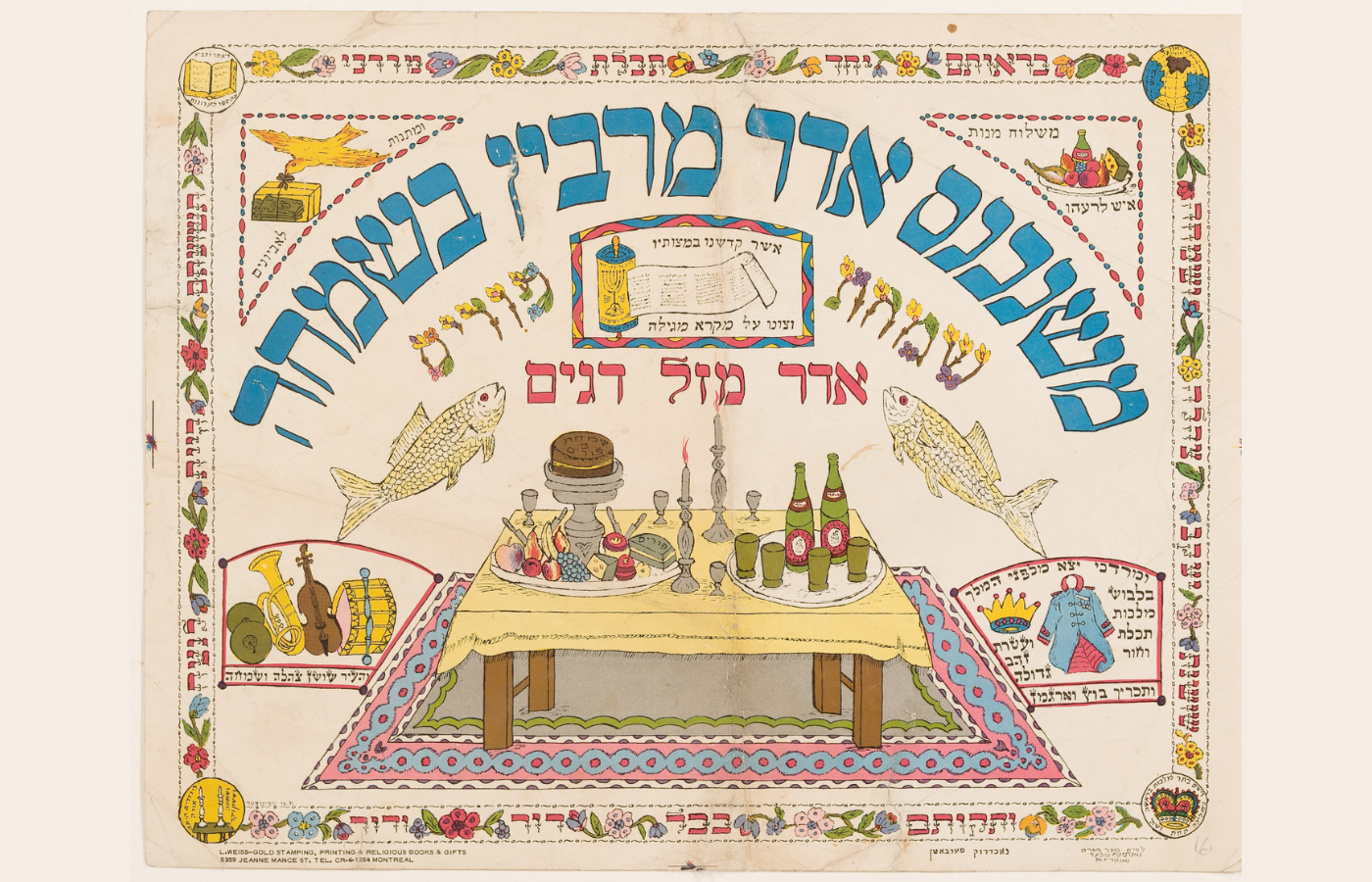Purim Katan means “Little Purim.” Every year, the Jewish holiday of Purim is held in the Hebrew month of Adar. In Jewish leap years, a second month of Adar is added to the calendar and Purim is celebrated on the 14th of Adar II while the 14th of Adar I is acknowledged as Purim Katan.
How do Jews Celebrate Purim Katan?
The primary way to mark Purim Katan is to make one’s meal a little more festive. In addition, it is traditional to refrain from fasting, eulogizing or reciting Tachanun, a series of penitential prayers that are added to the Shacharit (morning) and Mincha (afternoon) prayer services. This is designed to ensure it is a happy day rather than a mournful one. (See the Shulchan Aruch, Orach Chaim 697:1.) The major rituals of Purim — reading megillah, giving gifts, reciting Al Hanisim — are not observed on Purim Katan and are reserved for the full Purim celebration that will take place a month later in Adar II.
Why Does the Jewish Calendar Sometimes Have a Second Adar?
Jewish months are lunar, meaning they follow the cycle of the moon. The Jewish year has 12 Hebrew months that are each 29 or 30 days. This means that the number of days in a Jewish year falls well short of the 365 days in a solar year. To prevent calendar drift and keep the holidays in consistent seasons, the Jewish calendar adds occasional leap months, just as the secular calendar occasionally adds a leap day. When it is a Jewish leap year, that month is Adar II.
Learn more about the Jewish calendar.
With your help, My Jewish Learning can provide endless opportunities for learning, connection and discovery.
Other Mini Purims
Throughout much of Jewish history, individual Jewish communities have established other minor Purim celebrations, sometimes also called Purim Katan. These days are meant to commemorate extraordinary historical moments in the life of that particular Jewish community when it was spared some kind of disaster. It is customary, on these minor Purims, to model the celebration on the Purim of Esther and Mordecai: to fast the day prior, to read a scroll that depicts the events being celebrated, to hold a festive meal, to give gifts to the poor. Unlike the Purim Katan held in Adar I, these minor Purim celebrations are held at whatever time of year the event being commemorated originally happened.
Here are a few examples of minor Purim celebrations that have been established by specific Jewish communities:
- Purim of Saragossa (17th/18th Shevat)
- Purim of Shiraz (2nd of Heshvan)
- Purim of Tiberias (4th of Elul)
- Purim of Tripoli (15th of Shevat)
- Purim of Frankfurt, also known as Purim Vinz (20th of Adar)



